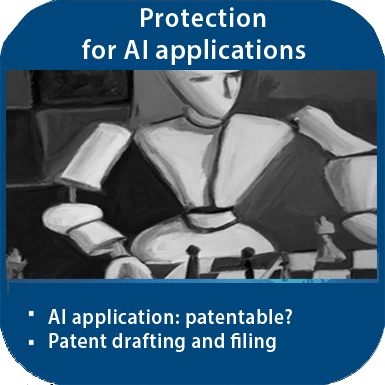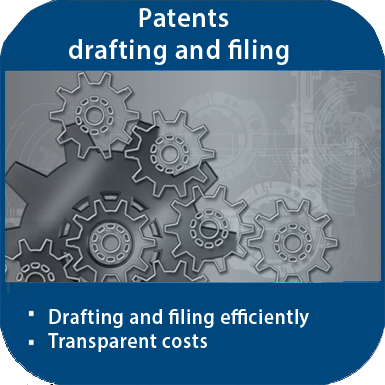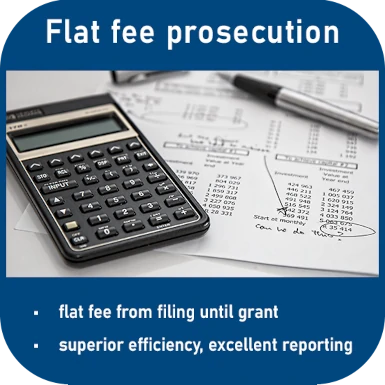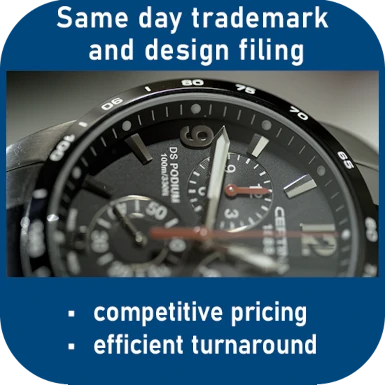Computational in silico modeling of pharmaceutical composition - inventive?

Computational modeling of enzymes and proteases and their derivatives in pharmaceutical composition for drug development is standard, it is the so-called In silico modeling.
Is the choice of a particular component in the pharmaceutical composition for drug development therefore obvious because the effect of a particular component can be easily verified with Computational in silico modeling by one skilled in the art?
Such a question was decided by the Board of Appeal of the European Patent Office in T 1442/19.
The facts
In this decision T 1442/19, the appeals of two opponents were heard against the decision of the Opposition Division of the EPO (contested decision) , according to which European patent No. 2 487 161 (EP patent "Modulators of pharmacokinetic properties of therapeutics") complies with the requirements of the EPC in amended form. The contested patent was based on European patent application No. 12 167 589.6, which was a divisional application of European patent application No. 08 743 531.9.
It was argued against the decision that the subject-matter of the patent claim had been inadmissibly extended and that there was a lack of inventive step.
The appellants argued that the subject-matter of the patent claim was the selection from a specification of equally preferred subject-matter (e.g. several independent claims). There was an extension of the subject-matter of the patent claim. According to T 3139/19, the limitation to only one subject-matter required a selection even if the corresponding list comprised only two subjects. The main request and auxiliary request 1 therefore did not fulfil the requirements of Article 76(1) EPC.
In view of the general knowledge of the skilled person, the choice of the morpholinoethyl group as the solubilising component would have been obvious, the appellants argued, all the more so because the effect of a particular solubilising entity such as the morpholinoethyl group on the interaction with HIV-1 protease or CYP3A could easily be studied by computer-aided (in silico) modelling methods. Crystal structures containing the target enzymes were known before the priority date of the patent and these data could be used in Computational modeling.
EPO: Inventive step in a pharmaceutical composition
The EPO Board of Appeal considered the drug substance ritonavir disclosed in D3 to be the most appropriate starting point for assessing inventive step.
The objective technical problem, according to the Board of Appeal, was to provide a pharmaceutical composition containing a pharmaco-enhancer which.
(i) had no HIV-1 protease inhibitory activity,
(ii) was a potent inhibitor of CYP3A and had increased selectivity for enzymes of this subfamily compared to enzymes of other CYP subfamilies, and
(iii) maintained oral bioavailability.
However, the Board of Appeal did not follow the appellants' argumentation.
The complainants' argument was based, inter alia, on the allegation that, in developing a new drug starting with ritonavir, the skilled person had chosen the morpholinoethyl group as the solubilising component and had replaced another building block with it in an obvious way. As evidence that the use of the morpholinoethyl group as a solubiliser was common knowledge, reference had been made to D9, a book chapter dealing with the conversion of a water-insoluble drug into a water-soluble one by covalently attaching a suitable solubilising moiety.
But the EPO Board of Appeal rejected this. There was only one relevant passage in D9 that spoke of the morpholinoethyl group as a solubiliser by O-alkylation. Other methods or examples showing a different way of introducing this group were not disclosed in D9.
And even assuming in favour of the appellants that the choice of the morpholinoethyl group as solubiliser was obvious, the way in which this group was incorporated into cobicistat could not be considered obvious, the board ruled. Moreover, even if the skilled person had considered replacing the isopropyl group with a morpholinoethyl group, he would not have done so in the reasonable expectation that the extent of CYP3A inhibition would not change and would even increase the selectivity towards CYP3A compared to other CYP isoforms.
Computational in silico modeling
Computational modeling would not have provided an adequate level of accuracy in the present case, the Board of Appeal found. The expert would have been left in the dark about the influence of this structural change on the extent of CYP3A inhibition and the inhibition of other CYP isoforms.
Extension of the subject-matter
With regard to the appellants' argument, the Board of Appeal stated that a "list" as an enumeration of equally preferred items is not only formed by obvious bullet points or table formats. Rather, it was the information conveyed to the skilled person that was decisive. As far as disclosure was concerned, the board held that there was no difference between part (c), in which certain examples were cited in individual claims, and the hypothetical situation in which these examples were all contained in a single claim.
That claims 19 to 21 form a list from which limitation to only one constitutes a selection is the decisive differece, what distinguishes the present case from underlying decisions T 735/19 and T 2635/18, on which the respondent relied to support its argument that a claim is an independent embodiment and that limitation to its subject-matter does not constitute a selection.
It was also irrelevant whether the list was short. Even a double selection from two very short lists is considered a permissible amendment (decision T 2037/17, reasons for decision, no. 1.3). It follows that claim 3 does not fulfil the requirements of Article 76(1) EPC.
The main request was inadmissible, the board of appeal decided. However, the subject-matter of claim 1 and, because of its dependence on claim 1, also that of claim 2 involved an inventive step within the meaning of Article 56 EPC. Therefore, auxiliary claim 2 is admissible.
The contested decision was set aside and the case was remitted to the opposition division. The patent is to be maintained in amended form and with an adapted description.
Innovation IP protection in the field of computer modeling or biotechnology?
Our patent law firm offers an excellent team for the protection of innovations and has a lot of expertise in this field. If you like, please watch our Youtube Video on this matter, you'll find it HERE.
Feel free to contact our law firm K÷llner & Partner without obligation and free of charge, by phone at +49 69 69 59 60-0 or via info@kollner.eu.







